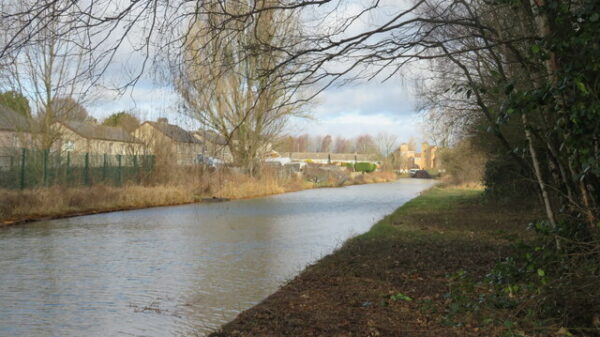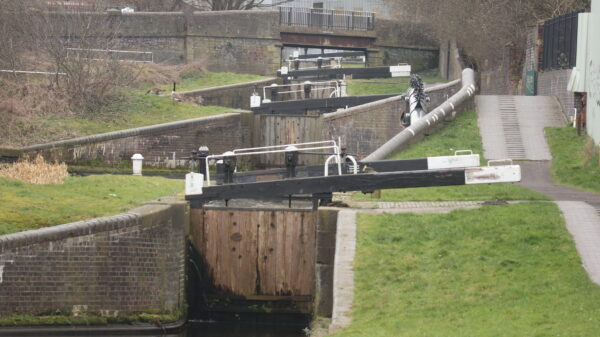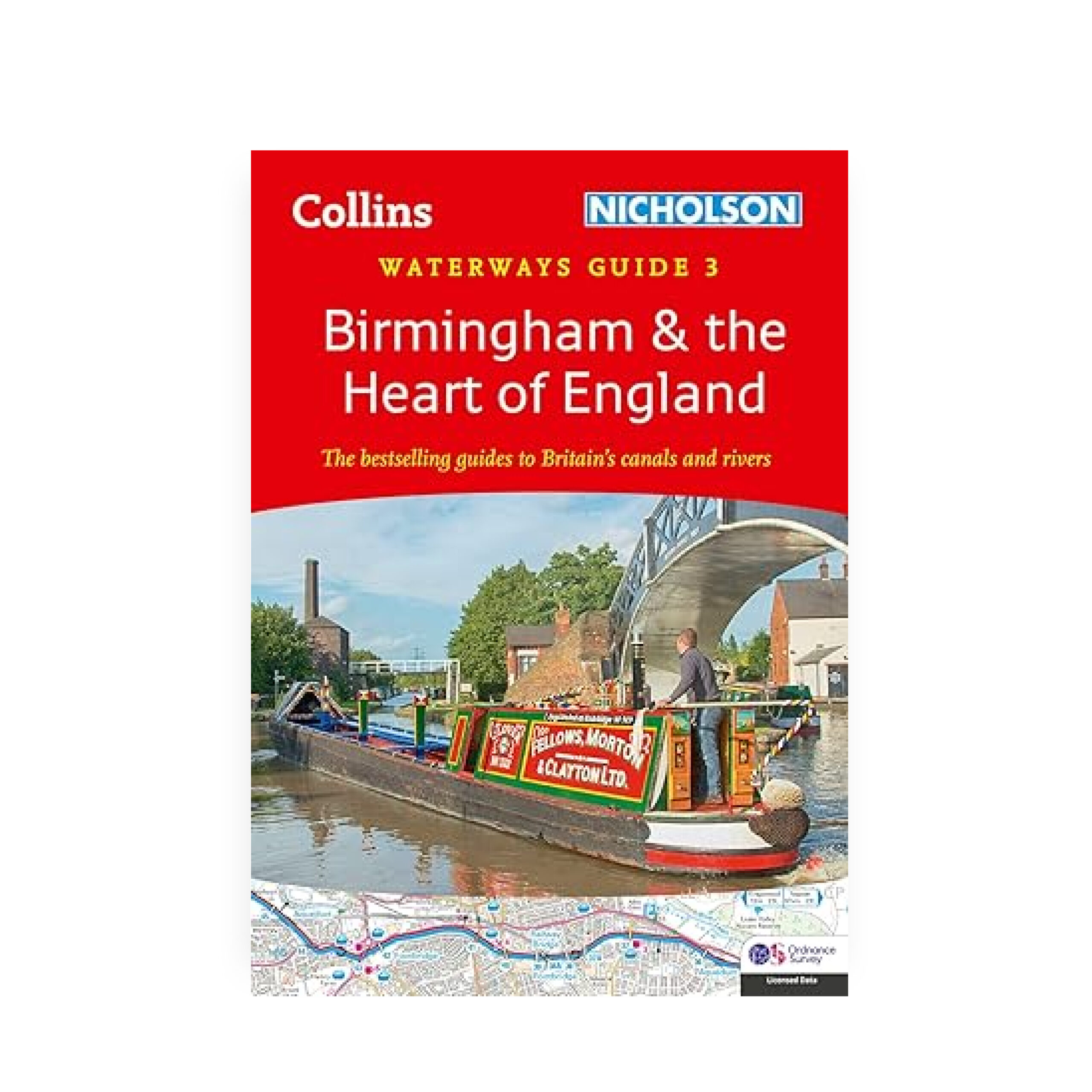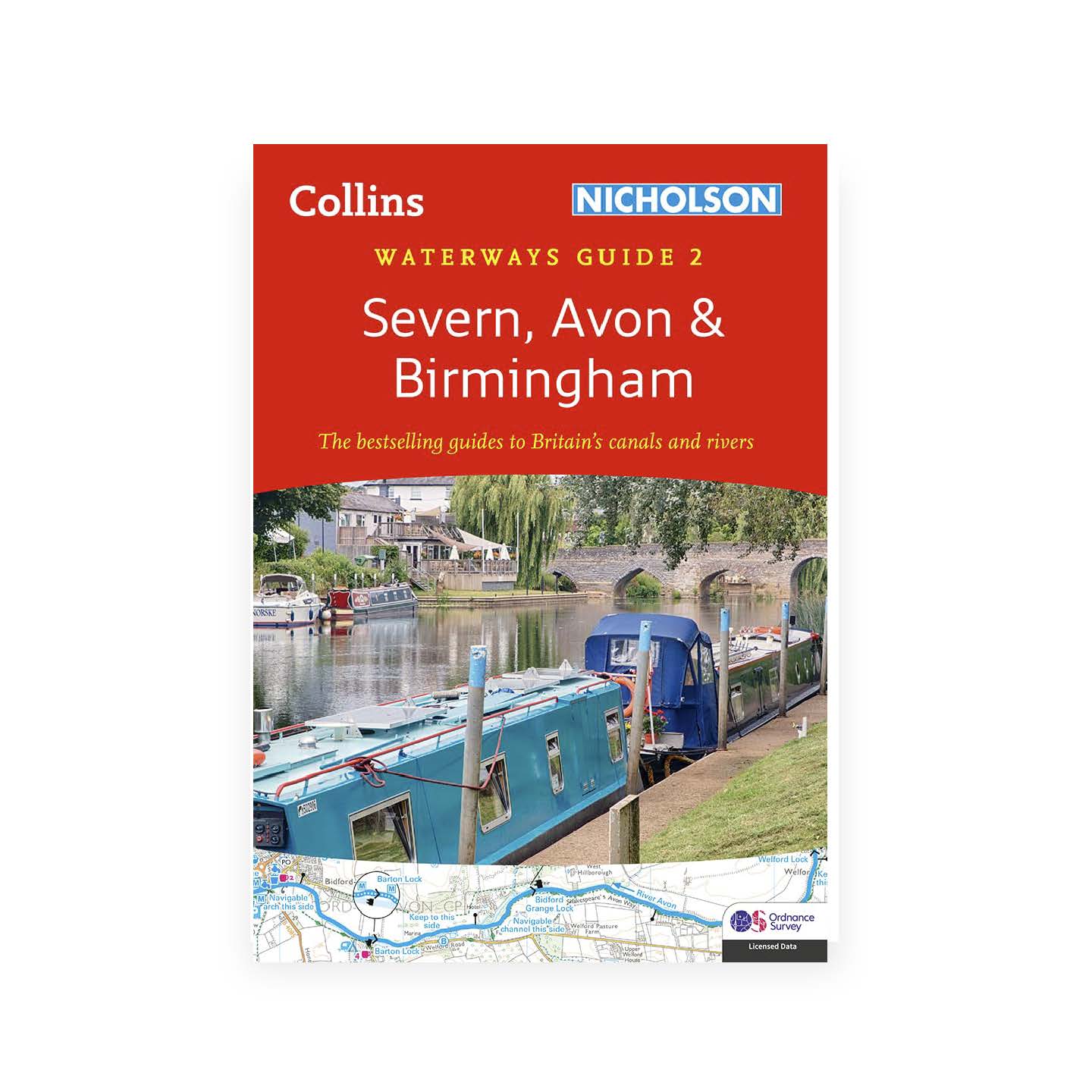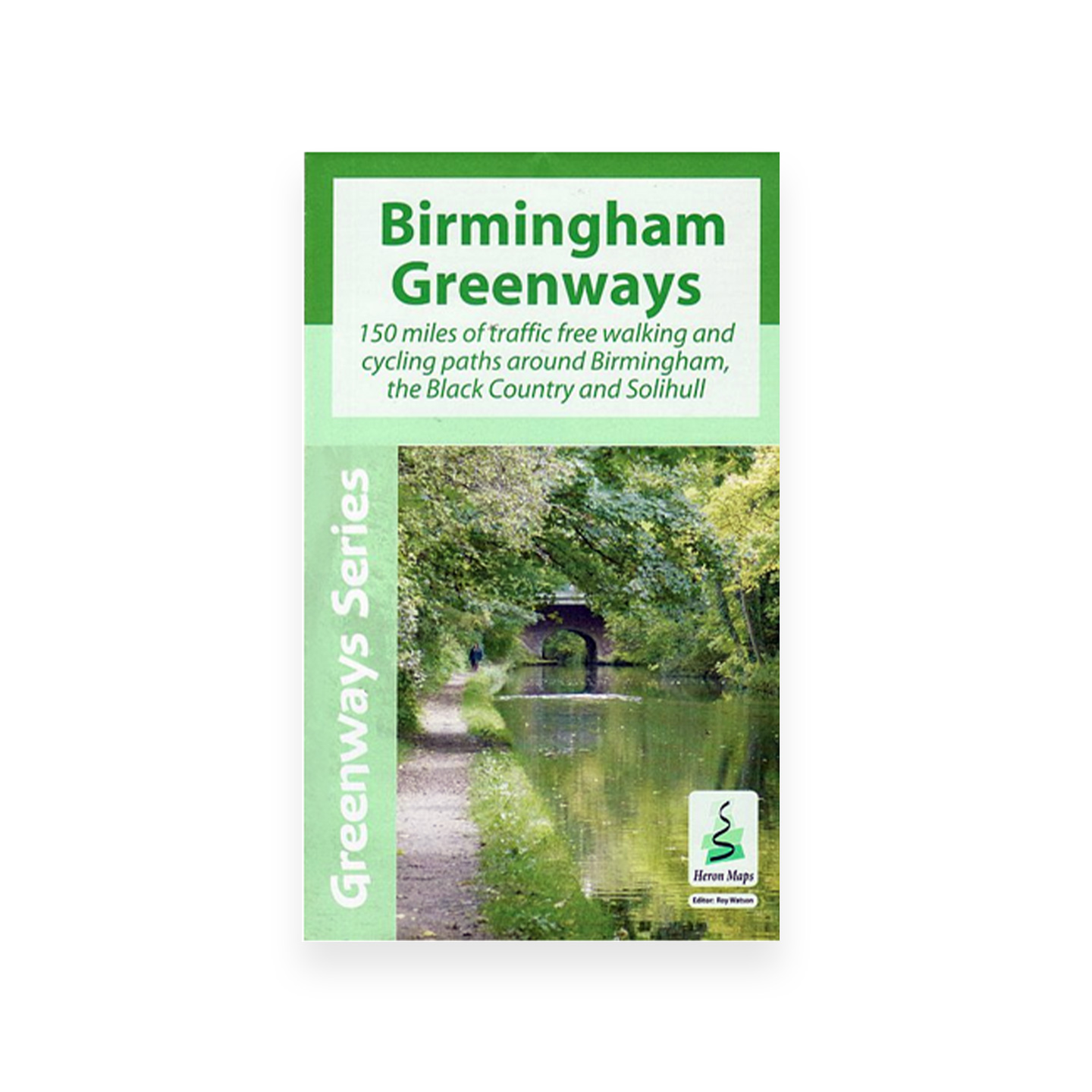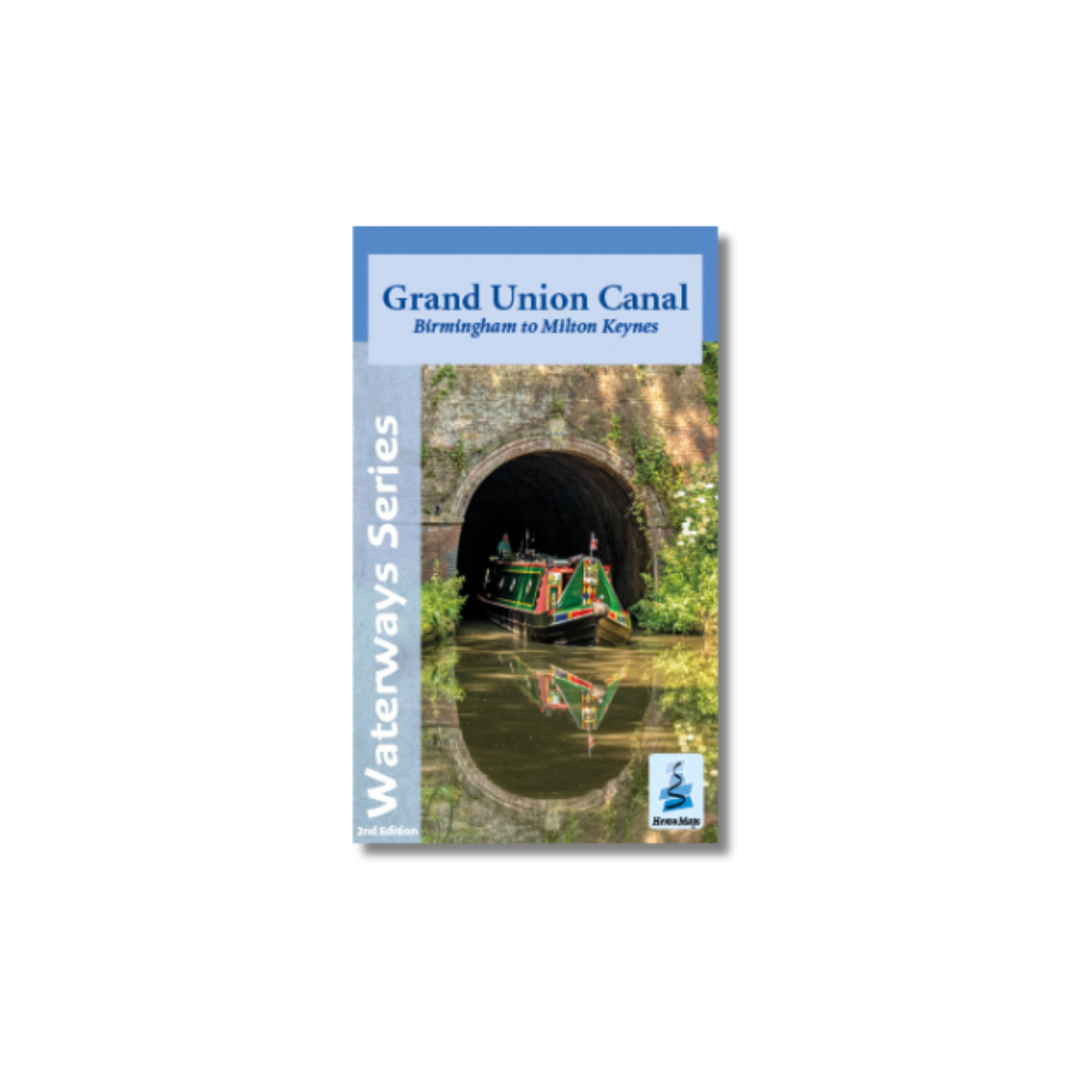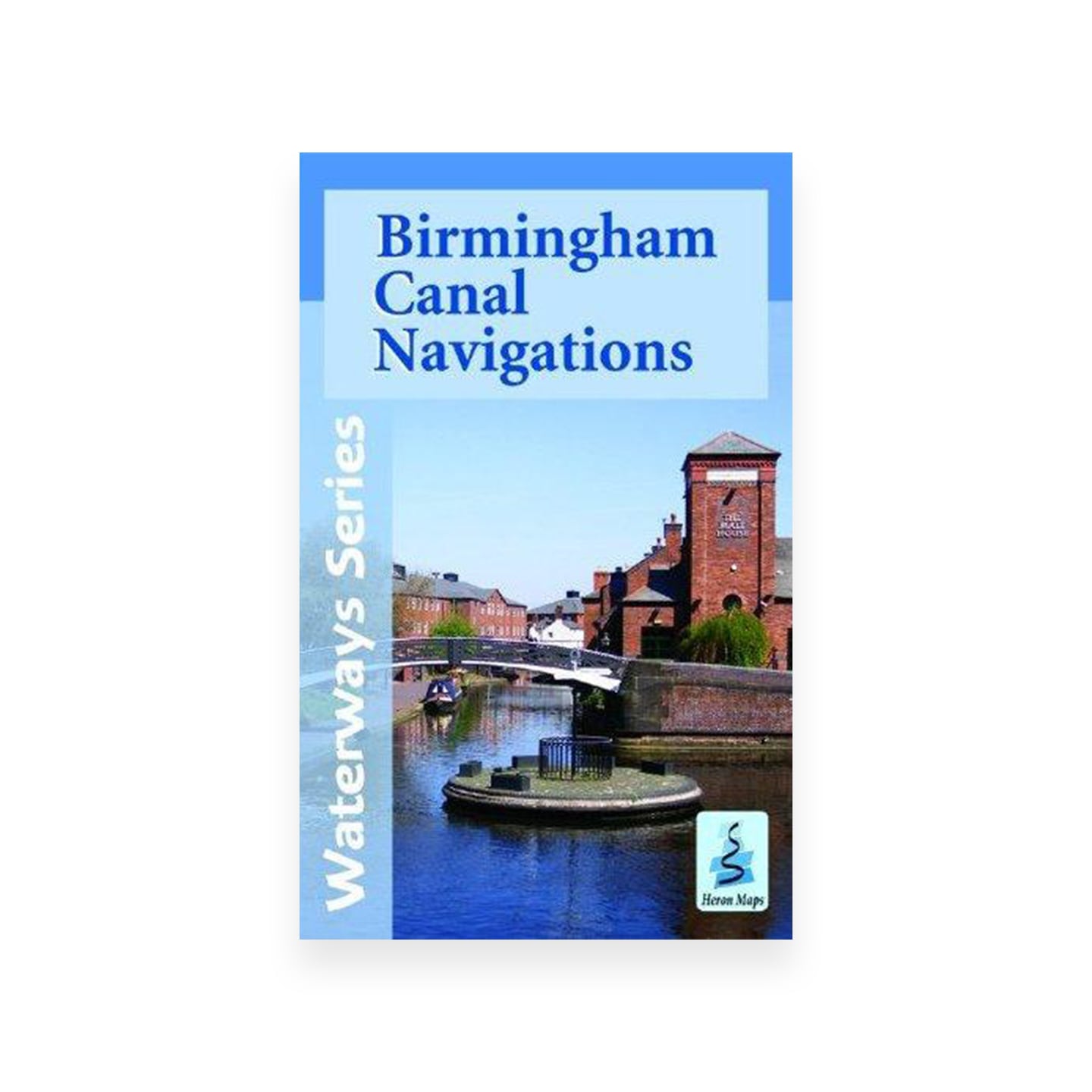From Smethwick Junction to Tipton factory Junction
Construction
Surveyed and engineered by James Brindley, the Birmingham Canal was authorised in 1768 to connect Birmingham to the Staffordshire & Worcestershire Canal near Wolverhampton and with a branch to Wednesbury, the nearest coal mines to the city. The Wednesbury line was completed first, in 1769, some 10 miles from Birmingham to collieries at Hill Top in West Bromwich. It crossed higher ground by rising through 6 locks at Smethwick to a 1 mile summit level then descending through 6 locks at Spon Lane. That both ends were at the same ‘Birmingham level’ of 453 feet o.d. may indicate Brindley planning ahead to cut through the summit, but the limited finance and engineering techniques of his day meant that would have to wait 60 years for completion.
Brindley’s originally surveyed route had apparently continued the Birmingham level via Tipton and Bilston right through to Wolverhampton, but this was raised 20 feet to the present ‘Wolverhampton level’ at 473 ft to take the route closer to Oldbury and to Dudley with its limestone and ironstone mines. From Spon Lane Junction, half way down the then 6 lock flight, the main line of the canal was continued along the contours, taking a somewhat winding course to Wolverhampton where it dropped through 20 locks to join the Staffordshire & Worcestershire Canal at Aldersley Junction by 1772, some 22½ miles and 29 locks from Birmingham. Water was supplied from reservoirs at Smethwick, by 1774 from Titford Pool, and soon from various mine pumping engines discharging into the canal.
Connections
There were two original termini in Birmingham by 1772; the canal dividing at Old Turn Junction to access wharfs at Newhall Street, and via Broad Street Tunnel to Gas Street Basin and Paradise Wharf. The Newhall Branch beyond Cambrian Wharf is now built over, as is a later (1812) branch from this which included a tunnel and a lock up to Gibsons Wharf. The Old Wharf basins at Paradise Street which included the canal company offices have also been lost to development.
Although initially joined externally only to the Staffordshire & Worcestershire Canal, it was not long before the Birmingham Canal was connected in several directions to the growing canal network. In 1789 the Birmingham & Fazeley Canal joined the Birmingham Canal at the top of Farmers Bridge Locks, although by then the two companies had merged (Originally as the rather long-winded ‘Birmingham and Birmingham and Fazeley Canal Navigations’ but changed in 1794 to the Birmingham Canal Navigations). By 1792 the Dudley Canal had been extended through Dudley Tunnel to join the earlier branch into the limestone mines from Tipton Junction. The Wyrley & Essington Canal opened in 1794 from Horseley Fields Junction to collieries at Great Wyrley & Essington, and was extended by 1797 via Walsall to Lichfield and the Coventry Canal. The Worcester & Birmingham Canal was connected at Worcester Bar in 1815.
Internal additions to the BCN system which connected with the original Birmingham Canal include the Walsall Canal, opened initially in 1785 from the Wednesbury Branch (or Wednesbury Old Canal) at Ryders Green Junction down 8 Locks to Ocker Hill, and later extended in phases to Walsall. The Ridgacre Branch off the Wednesbury Old Canal dates from 1827. The Titford Canal, which connects via the 6 Titford Locks (or ‘The Crow’) was opened in 1837, the Bradley Locks Branch with 9 locks connecting the Wednesbury Oak Loop to the Walsall Canal in 1849, and the Netherton Tunnel Branch in 1858.
There were numerous other internal connections with loops, branches, arms and basins, of which only the more significant can be mentioned here.

